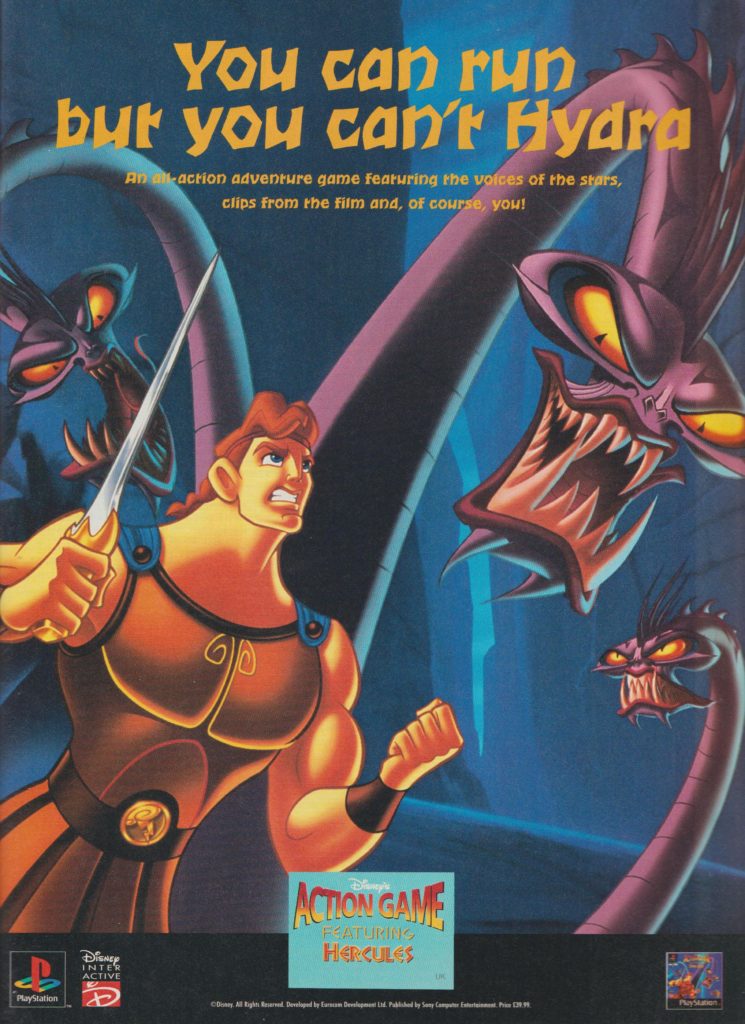All posts by Corey T
Filters
post-colonialism definitions
- COLONIALISM: The practice of mainly western cultures occupying lands of other cultures, like Africa and Asia, mainly for the land’s resources and labour. To support these occupations, western imperialists would claim that their culture is superior to the peoples they were subjugating. These are ideas that, despite colonialism being almost non-existent today, have influence on modern western culture.
- POST COLONIALISM: The Observation that, despite almost all colonial occupation ceasing, colonial values like the supposed superiority of Western values and culture and the tendency of western cultures to ignore the complexity of other cultures and values and dismiss them as primitive or deviant are still influential in western culture.
- DIASPORA: A diaspora is an ethnic group that has members in varying areas of the globe due to being scattered, either voluntarily through immigration or involuntarily like slavery or genocide. As a result of being a diaspora, these ethnic groups are minorities among the populations they live in, and as such most media from these societies will represent these ethnic groups through the lens of the majority of the population of these societies.
- BAME: “Black, Asian, and Minority Ethnic” – A term used by the government to refer to the collective minority population.
- DOUBLE CONSCIOUSNESS (GILROY): Double Consciousness refers to the internal conflict minority ethnic groups face when living in a nation whose majority ethnic group is different to theirs. For example, black British people have a double consciousness between their black identities and culture and the predominantly white society they live in.
- CULTURAL ABSOLUTISM / RACIAL ESSENTIALISM: Essentialism refers to a lay belief in the existence of underlying natures that constitute and differentiate social categories. In terms of race and culture, this refers to, for example, the observation that dominant cultural groups use racial or cultural essentialism to justify existing racist social hierarchies and supposed racial inequality.
- CULTURAL SYNCRETISM: Cultural syncretism refers to how aspects of different cultures can blend to create something new and unique.
- ORIENTALISM (SAID): A book by Edward Said which describes how western cultures have defined eastern cultures in ways that justify colonial ideas of exploitation, showing how colonial ideas are still influential in modern western culture.
- APPROPRIATION: The use of other cultures by people of different cultures (often more dominant ones) outside their original cultural contexts. This is an example of how dominant cultures often use aspects of disadvantaged cultures without appreciation for those cultures (an aspect of colonial ideas – appropriation’s presence in modern society shows how colonial ideas are still influential in a post-colonial world).
- CULTURAL HEGEMONY: The rule of one culture group over others. The ideas of the dominant culture group are often influential over the others.
- THE PUBLIC SPHERE (HABERMAS): The public sphere refers to the idea of the development of the ease of communication of non-ruling classes throughout history from which they can discuss social issues. The public sphere becomes more available to people of differing social classes.
- THE ROLE OF PUBLIC SERVICE BROADCASTING IN TERMS OF FAIR REPRESENTATION OF MINORITY GROUPS / INTERESTS: Public service broadcasting’s role is to represent minority groups fairly and similarly to dominant cultural groups. The consequence of not representing minorities fairly can lead to many people of dominant cultural groups to not understand the views and experiences of minorities properly which can lead to misrepresentation and appropriation, even just out of ignorance and not malice.
A2 NEA ADVERTS



A2 NEA GAMING MAGAZINE ADVERT STYLE MODELS AND PLAN
My Three adverts will all be related to games and gaming as the audience of a gaming magazine would most likely be interested by adverts about games, games consoles, and gaming peripherals like controllers or keyboards made for playing video games with.
My first advert will be for an upcoming video game, my second advert will be for a games console, and my third advert will be for a piece of gaming peripherals, e.g. a headset, mouse or keyboard designed for gaming.
My target audience is largely older, being adults or teenagers, and as such my adverts will be more subtle and sleek, as I feel that suits the magazine’s aesthetic more than over the top adverts with bright colours.
The style models I have chosen show that adverts usually have a large, attention-grabbing title and image along with much smaller text and images that go into more detail about the product that is being advertised. Therefore, I plan to make the adverts attention-grabbing while fitting generally with the aesthetics of the magazine using large images and titles using usually darker backgrounds contrasted by lighter colours. For example, my console advert will have the console dimly lighted but have the light of the console providing a clear point of interest in the main image, from which the reader would be interested to read the more specific text and images in the advert.
To what extent is The War of the Worlds a historically significant media product? (20 marks)
“The War of the Worlds” is a radio broadcast from 1938 adapted from the H.G. Wells book of the same name. It was broadcast during the “Golden Age” of radio when mass media was starting to take off, but it was also broadcast during a time of great tension, anxiety and panic – the great depression and the rise of dictators like Hitler and Mussolini whose power in Europe provided people with fears of a looming world war, which indicated the presence of “hard times”, and as J.McDougall states in “Fake news vs. Media Studies”: “Hard times are a breeding ground for misinformation”. Orson Welles, in making the War of the Worlds broadcast, demonstrates to listeners the power of radio – how it can be used to manipulate as in Nazi Germany, where Hitler and his propaganda minister Goebbels made exhaustive use of radio’s power as a burgeoning domestic mass media form to broadcast “news” of Nazi propaganda. On the eve of war in 1938, Orson Welles attempted to show people how untruthful and manipulative media can be, as exemplified by his quote: “we wanted people to know that they shouldn’t take any opinion predigested, and they shouldn’t swallow everything that came through the tap whether it was radio or not”. Therefore, the war of the worlds is a highly influential and significant media product, as it is a pioneer of blurring the lines between fact and fiction, subverting the audience’s expectations of the genre of sci-fi and radio dramas. The broadcast employs cultivation theory by using the codes and conventions of genuine news reports multiple times to convince the listener that what they are listening to is actually real, while also exposing, in the vein of Barthes, how the professionalism of news reports does not mean they are more truthful or trustworthy than any other information source can be.
The broadcast therefore also demonstrates how media institutions manufacture consent, linking with the ideas of Noam Chomsky, as with the broadcast of War of the Worlds Orson Welles creates a satire on how the media dominates power. By exposing how people react with panic if the “news” provides the audience with information about the atrocity of an event, he exposed how the media can spread misinformation and exposed the way the media in the United States often attempts to maintain the system and keep order.
By increasing the verisimilitude of the broadcast by only telling viewers at the start of program that it is a fictional radio drama and presenting the broadcast partly as a series of simulated news reports that interrupts supposed regular radio programming, it constructs a representation of reality through fiction. It also reflects common fears of many people at the time, of war and invasion stemming from the growing authoritarian regimes throughout Europe, and as such the aliens can represent the fear of invasion of the USA by foreign powers, but also, to link in with Chomsky’s ideas and the critique of media institutions, the aliens can also represent the way the media utilises “wars on” or anti-communism to provide an enemy that is supposedly a threat to society in order to control the people. With this the audience can become far more immersed, as the use of radio allows the listener’s imagination to fill the visual gap with real life analogies. This is perhaps why many people supposedly took the broadcast as fact, not just due to its imitation of real news reports but also the wider social and political contexts the product exists in, which increases the verisimilitude of the product.
Overall, The War of the worlds is a very significant media product because it pioneered the use of verisimilitude and the subversion of traditional ideas of genre to critique the mass media institutions, but also to demonstrate to people and institutions how powerful radio can be, by showing how fake news can be interpreted as reality by undiscerning audiences.
Audience Theory
Katz, Gurevitch and Haas: Audiences experience media to fulfill needs and gratifications. They can be personal needs, like understanding self, escapism or enjoyment. They can also be social needs, like connecting with friends and family, knowledge of the world,Self confidence, stability.
Psychographics:

The I
Owned By the DMGT, owner of the Daily Mail after being bought from JPI Media for £49.6 million in november 2019. JPI media themselves had only bought out the i a year earlier from Johnston Press. The Daily mail’s owner Lord Rothermere is the fourth owner of the i in four years.
The i was launched in 2010 as a sister paper to the independent.
It sells for 65p on weekdays and £1.20 on Saturdays.
In 2018, the i reported an operating profit of £11m from £34m in sales.
It is a compact broadsheet newspaper that has a liberal and centrist political alignment.
Oliver Duff has been the editor of the i newspaper since June 2013.
Political Compass

mASS mEDIA IN THE PUBLIC INTEREST
Something is in the public interest if it serves the ends of the whole society rather then those of some of society.
Regulation – Free Market? or State Control?
Habermas and the public sphere
The public sphere is a public space which in the past was hard to reach since because there was little way to communicate with others far away from you. Due to media inventions like the printing press and the subsequent growth of literacy, more people are able to connect with each other to use the media in public interest.
Habermas believed that a functioning democracy needed a public voter base that was informed and debated on the issues of the day. Because of the conglomeration of media companies, the issues were filtered to the people through only a few sources. This is the opposite of plurality, which Habermas believes is a good thing that democracies need to function.
Media Watchdog – The idea that the media should act as a watchdog against the state to inform the people of what the government is doing.
































